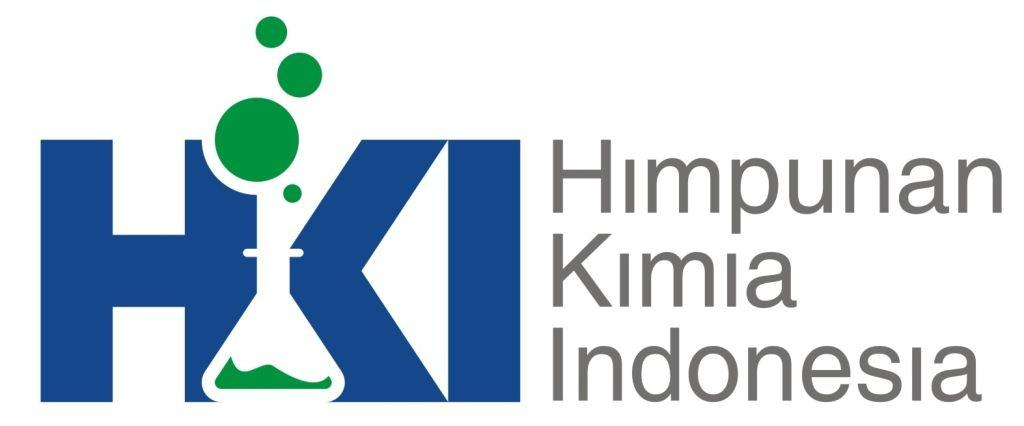Screening and Optimization Consortium Technique of the Bacillus megatherium and Saccharomyces cerevisiae Microbial Consortium for Ethanol Detection
Abstract
Keywords
References
Bilgi, M., Ayranci, E. (2016). Biosensor application of screen–printed carbon electrodes modified with nanomaterials and conducting polymer ethanol biosensor based on alcohol dehydrogenase. Sensor and Actuators B: Chemical. 20490 (16): 31026−7.
Chakraborty, K., Saha, S. K., Raychaudhuri, U., Chakraborty, R. (2017). Vinegar production from vegetable waste : optimization of physical condition and kinetic modeling of fermentation process. Indian J Chem Technol. 24: 508–16.
Ferid, H. (2015). Biosensor Alkohol Menggunakan Bakteri Bacillus Penghasil Alkohol Dehidrogenase Dengan Metode Elektrokimia. [skripsi]. Bogor (ID): Institut Pertanian Bogor.
Hermansyah. (2018). Transcription of cell wall mannoproteins-1 gene in
saccharomyces cerevisiae mutant. Jurnal Kimia VALENSI: Jurnal Penelitian dan Pengembangan Ilmu Kimia. 4(2) :174-181
Houdt, R. V., Michiels, C. W. (2017). Role of bacterial cell surface structures in Escherichia coli biofilm formation. Res Microbiol.156:626–33 21.
Isvani, N. K., Mulyasuryani, A., Prasetyawan, S. (2015). Kinerja biosensor konduktometri berbasis (screen printed carbon electrode) SPCE-kitosan untuk deteksi diazinon, malation, klorpirifos dan profenofos. Jurnal Kimia VALENSI: Jurnal Penelitian dan Pengembangan Ilmu Kimia. 1(2): 83-90
Iswantini, D., Yulian, M., Mulijani, S., Trivadila. (2014). Inhibition kinetics of Sida rhombifolia L. extract toward xanthine oxidase by electrochemical method. Indonesian Journal of Chemistry. 14 (1): 71 – 77.
Iswantini, D., Nurhidayat, N., Trivadila, Widyatmoko, O. (2014). Activity and stability of uricase from Lactobacillus plantarum was Immobilizated on Natural Zeolite for Uric Acid Biosensor. Pakistan Journal of Biological Sciences. 17 (2):277-281.
Iswantini, D., Nurhidayat, N., Ferit, H. (2017). The alcohol dehydrogenase of Bacillus strain for measuring alcohol electrochemically. IOP Conf. Series: Earth and Environmental Science. 58:012010 https://doi.org/:10.1088/1755-1315/58/1/012010
Kuswandi, B., Irmawati, T., Hidayat, M. A., Jayus, Ahmad, M. (2014). A simple visual ethanol biosensor based on alcohol oxidase immobilized onto polyaniline film for halal verification of fermented beverage samples, Sensor. 14: 2135-2149
Madigan, M. T., Martinko, J. M., Brock, T. D. (2006). Brock biology of microorganisms. Upper Saddle River, N : Pearson Prentice Hall.
Mulyawan, R., Iswantini, D., Nurhidayat, N., Saprudin, D., Purwaningsih, H. (2022). Biosensor Performance of Phenol Analysis Using Microbial Consortium of Bacillus sp. and Pseudomonas sp. AIP Conference Proceedings this link is disabled. 2638. 050009
Nurhakim, M. A., Kusdiyantini, E., Raharjo, B. (2016). Penggunaan substrat glukosa berbagai konsentrasi sebagai sumber karbon microbial fuel cell Saccharomyces cerevisiae untuk menghasilkan energi listrik. Bioma: Berkala Ilmiah Biologi. 18(2): 131-136. ISSN: 1410-8801
Nurhidayat, N., Iswantini, D., Bestari, P. (2020). The accuracy of ethanol biosensor based with Acetobacter aceti biofilm in certifying halal food products. AIP Conference Proceedings 2243:03001. https://doi.org/10.1063/5.0004769
Othman, M. A., Sharifudin, S. A., Mansor, A., Kahar, A. A., Long, K. (2014). Coconut water vinegar: new alternative with improved procesing technique. Journal of Engineering Science and Technology. 293 – 302.
Putri, Y. W., Putra, A. E., Utama, B. I. (2018). Identifikasi dan karakteristik bakteri asam laktat yang diisolasi dari vagina wanita usia subur. Jurnal Kesehatan Andalas. 7.
Salvado, Z., Arroyo-Lopez, F. N., Guillamo, J. M., Salazar, G., Querol, A., Barrio, E. (2011). Temperature adaptation markedly determines evolution within the genus saccharomyces. Appl Environ Microbiol. 77(7): 2292–2302.
Somasekhar, R., Chinnadayyala, Kakoti, A., Santhosh, M., Goswami, P. (2014). A novel amperometric alcohol biosensor developed in a 3rd generation bioelectrode platform using peroxidase coupled ferrocene activated alcohol oxidase as biorecognition system. Biosensors and Bioelectronics. 55:120–126.
Susparini, N. T. A., Abidin, Z., Iswantini, D., Nurhidayat, N. (2019). Sensitive and stable ethanol biosensor development based on Acetobacter aceti biofilm for halal detection of food and beverages. Journal of Applied Biology & Biotechnology .7(06): 40-47.
Trinh, N. T. N., Masniyom, P., Maneesri, J. (2016). Optimization of culture conditions for Acetobacter aceti TISTR 102 in coconut water with supplementary banana juice. Int Food Res J. 23(3): 1300–1307
Zusfahair, Ningsih, D. R., Fatoni, A., Puspitarini, V. A. (2019). Urease application of black-eyed pea (Vigna unguiculata ssp unguiculata l.) for urea biosensor. Jurnal Kimia Valensi. 5(1): 115-123
DOI: 10.15408/jkv.v9i1.31506
Refbacks
- There are currently no refbacks.
Copyright (c) 2023 Nurdiani Nurdiani

This work is licensed under a Creative Commons Attribution-ShareAlike 4.0 International License.


